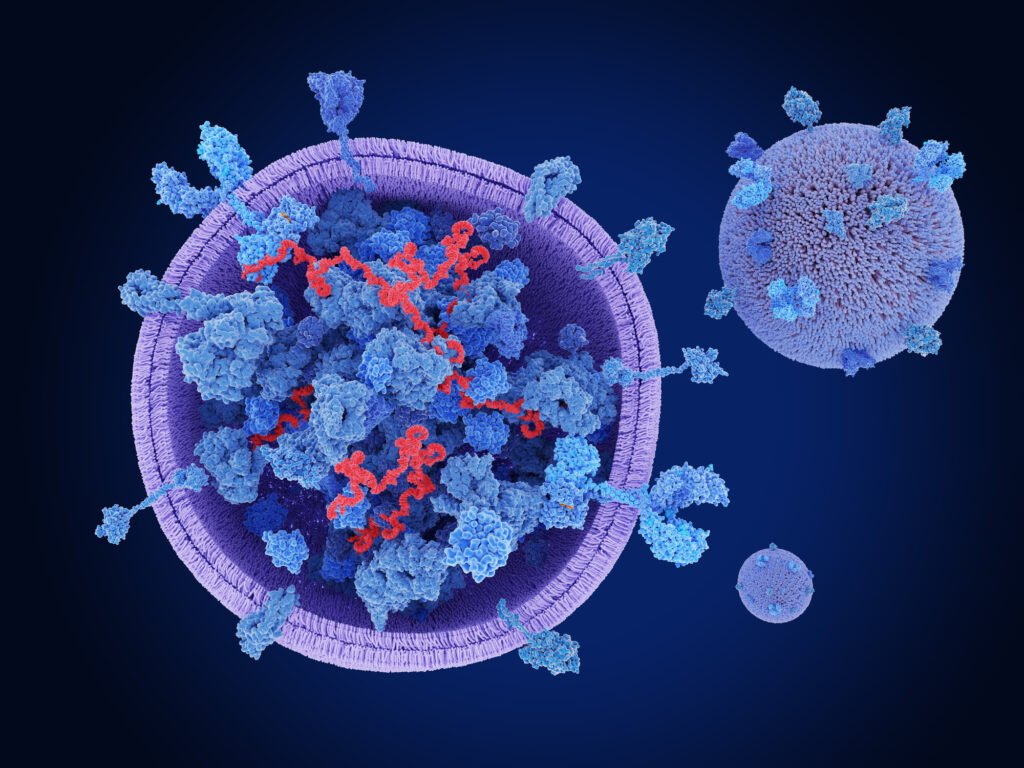Exosomes: A New Frontier in Corneal Healing and Regeneration
In the intricate landscape of cellular communication, exosomes have emerged as pivotal players. These nanosized extracellular vesicles facilitate intercellular interactions, making them essential in various biological processes. Recent research has spotlighted the potential of exosomes as therapeutic tools and drug delivery vehicles, particularly in addressing corneal pathologies.
The cornea, an avascular ocular tissue, presents unique challenges during its healing process. This intricate mechanism involves a series of events, including cell death, migration, proliferation, differentiation, and the remodeling of the extracellular matrix. Understanding this healing cascade is crucial for developing effective treatments for corneal injuries and diseases.
The review conducted by Brooke T Robbins, Kate A Montreuil, Neloy Kundu, Prashant Kumar, and Vibhuti Agrahari delves into the characteristics of exosomes and their promising applications in corneal treatment. The authors discuss the structural aspects of exosomes, their roles in cellular communication, and the potential benefits of utilizing them in corneal therapy.
One of the significant advantages of exosomes is their ability to deliver therapeutic agents without provoking significant immunogenicity or toxicity. This characteristic is particularly beneficial for corneal applications, as it minimizes the risk of adverse reactions during treatment. The review also highlights how exosomes can help preserve corneal health, potentially leading to improved outcomes in patients with corneal conditions.
Moreover, the authors explore innovative strategies that combine exosomes with hydrogels, gene therapy, and stem cell therapy. These approaches aim to enhance corneal repair and regeneration, offering exciting possibilities for future research and clinical applications. By integrating exosome technology with other therapeutic modalities, researchers hope to develop more effective and tailored treatments for corneal pathologies.
In conclusion, the work of Robbins and colleagues represents a significant step forward in understanding the role of exosomes in corneal healing. As research continues to unfold, the potential of exosomes as therapeutic vehicles and tools in ocular medicine holds great promise. The insights gleaned from this review pave the way for future studies and innovations that could ultimately enhance the quality of care for patients suffering from corneal diseases and injuries.


